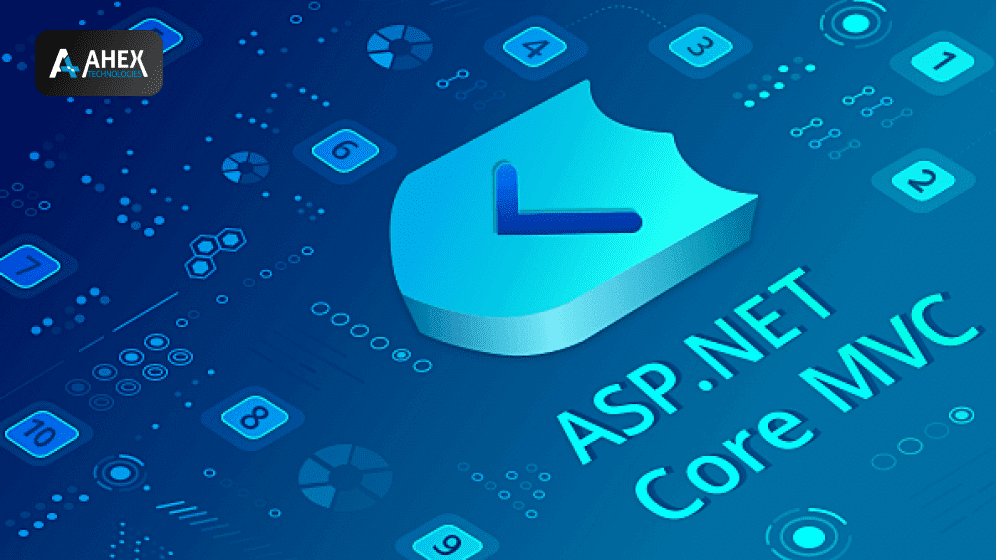
Microservices architecture has gained significant traction in the world of software development due to its ability to create highly scalable and maintainable applications. By breaking down complex systems into smaller, independent services, microservices allow for more efficient development, deployment, and management. In this article, we will explore how you can master microservices development using .NET Core development, a powerful framework that enables rapid backend development for custom software.
Introduction
In today’s fast-paced digital landscape, organizations demand flexible and scalable software solutions. Microservices offer an approach that addresses these requirements by decomposing monolithic applications into smaller, loosely coupled services. Each microservice focuses on a specific business capability and can be developed, tested, deployed, and scaled independently.
Overview of .NET Core
.NET Core is an open-source, cross-platform framework developed by Microsoft. It provides a robust and versatile platform for building microservices and other types of applications. With its modular architecture, .NET Core allows developers to cherry-pick the required components and libraries, resulting in lightweight and high-performance services.
Setting up a Development Environment with .NET Core
Before diving into microservices development, it is crucial to set up a development environment. This involves installing the necessary tools, such as the .NET Core SDK and an Integrated Development Environment (IDE) like Visual Studio Code. Once the environment is ready, developers can start creating microservices using .NET Core.
Designing Microservices Architecture for Custom Software
Designing an effective microservices architecture requires careful planning and consideration. Service boundaries and responsibilities need to be defined clearly to ensure loose coupling and high cohesion. Communication patterns, such as synchronous or asynchronous messaging, should be chosen based on the specific requirements of the system.
Building Microservices using .NET Core
.NET Core provides a rich set of tools and frameworks for building microservices. Developers can leverage the lightweight and scalable nature of .NET Core to create independent and autonomous services. Utilizing containerization with Docker further enhances the deployment and scalability of microservices.
Managing Data in Microservices
Microservices often require data storage and management. Choosing the right database technology for each microservice is essential to ensure optimal performance and data consistency. Depending on the requirements, microservices can use different types of databases, such as relational databases, NoSQL databases, or in-memory caches. Implementing strategies for data consistency and synchronization between microservices is also crucial to maintain data integrity across the system.
Securing Microservices with .NET Core
Security is a paramount concern in any application, and microservices are no exception. With .NET Core, developers can easily implement authentication and authorization mechanisms to protect sensitive data and control access to the services. Features like JWT (JSON Web Tokens) and OAuth can be utilized to ensure secure communication between microservices and external clients.
Testing and Monitoring Microservices
Ensuring the reliability and stability of microservices is essential for a successful deployment. Unit testing plays a crucial role in verifying the functionality of individual services. Additionally, implementing logging and monitoring solutions allows developers to track the performance and health of microservices, enabling timely identification and resolution of issues.
Deploying and Scaling Microservices in Production
Deploying microservices to a production environment requires careful planning. Choosing the right deployment options, such as deploying to virtual machines or utilizing container orchestration platforms like Kubernetes, is vital for efficient management and scalability. Horizontal and vertical scaling techniques can be employed to handle increased traffic and ensure optimal performance.
Best Practices and Pitfalls to Avoid in Microservices Development
While microservices offer numerous benefits, there are challenges to overcome and best practices to follow. Implementing fault tolerance and resilience mechanisms, such as circuit breakers and retries, is crucial to handle failures and maintain system availability. Handling distributed transactions and ensuring data consistency across microservices can be complex and requires careful consideration. Additionally, inter-service communication introduces challenges like service discovery and load balancing, which should be addressed to ensure seamless interaction between microservices.
Conclusion
Mastering microservices development with .NET Core empowers backend developers to create highly scalable and maintainable custom software solutions. By leveraging the modular and versatile nature of .NET Core, developers can design, build, deploy, and scale microservices efficiently. However, it is essential to follow best practices, address challenges, and continuously monitor and optimize the microservices architecture for optimal performance and reliability.
FAQs
In a monolithic architecture, the entire application is developed as a single unit, tightly coupled and deployed as a whole. Microservices architecture, on the other hand, breaks down the application into smaller, independent services that communicate with each other through APIs.
No, there are several frameworks available for building microservices, such as Node.js, Spring Boot, and Go. However, .NET Core provides a robust and feature-rich environment specifically designed for building microservices with C#.
Microservices enable horizontal scalability by allowing individual services to be scaled independently. Additionally, their decoupled nature makes it easier to maintain and evolve specific parts of the system without affecting the entire application.
Microservices introduce network communication overhead, which can impact performance if not properly managed. However, with proper design and optimization, microservices can achieve excellent performance and scalability.
Yes, it is possible to migrate monolithic applications to a microservices architecture. However, it requires careful planning, refactoring, and identifying the appropriate services to be extracted from the monolith. The migration process should be done iteratively to minimize disruption to the existing functionality.







